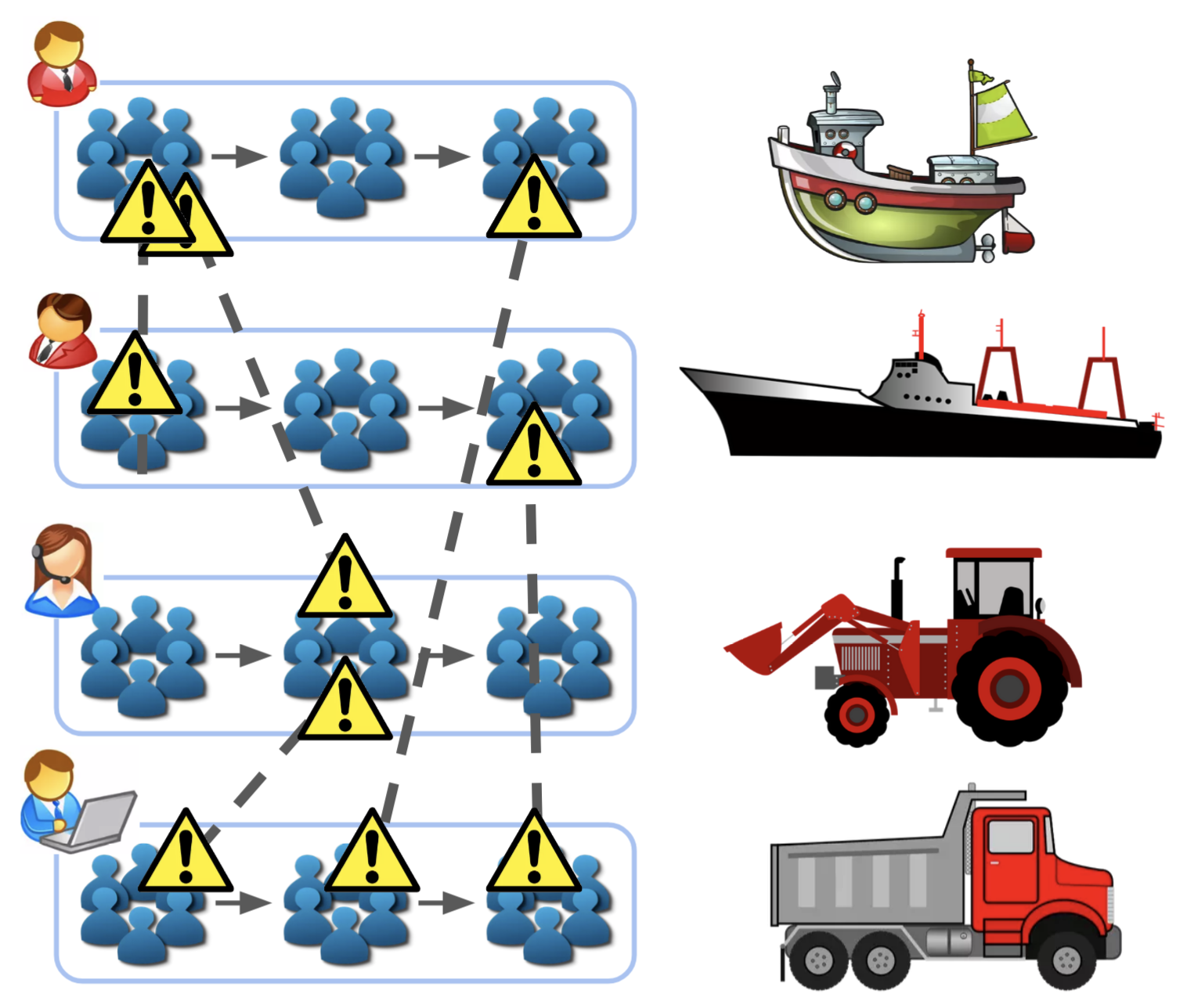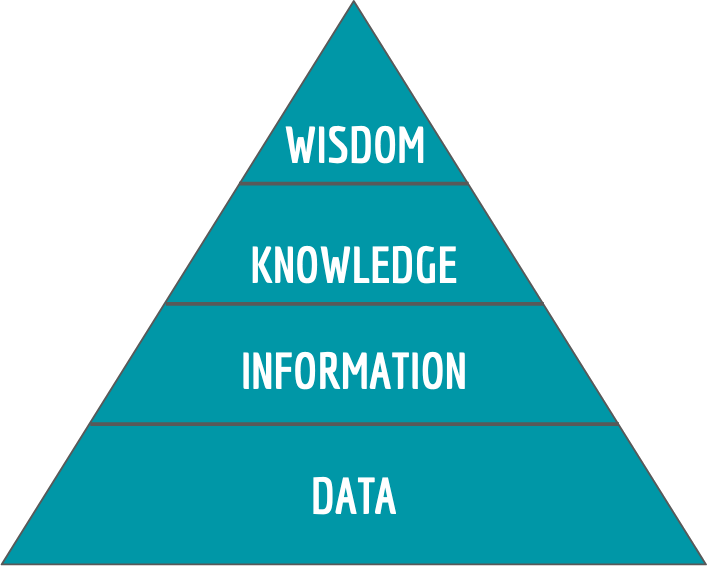Why Agile 2 Foundations Training Is So Vastly Superior To Most Agile Certifications
Really. We mean it.
There are many Agile “frameworks”: SAFe, Scrum, Disciplined Agile, and so on. These frameworks largely represent a collection of practices – another name for processes.
Practices are not a bad thing, and using ideas from a framework or practice – rather than copying a framework, process, or practice rote – often helps in some ways. But copying someone’s process, practice, or framework as-is definitely will not make you agile, and it could make you worse off.
But it won’t make you agile because agility arises from behavior, not from process. In fact, agility results from stepping outside of one’s process. Toyota learned this: the success of the Toyota Production System is as much about culture and behavior as it is about process.
An Example
Let’s consider an example. Suppose an unexpected issue arises, and the issue affects many teams and possibly even other products. If you follow a calendar-based process, the time to address such an issue is in the next planning meeting for those affected areas.
But in an agile organization, what will happen instead is that someone will proactively reach out to the affected areas, get a discussion going, and make a decision about how to handle the issue. Instead of taking weeks, it will take hours or days to resolve. That’s agility. And it happened outside of any fixed process.
Controlled Chaos
Agility arises from behavior. Not from a process.
Spotify calls it “controlled chaos”. It looks like chaos from the outside, but it is not chaos, because it is guided by judgment and behavioral norms – and demanded by the culture. And by the way, have you heard of the “Spotify Process”? Well guess what: they don’t use that. They don’t have a process. The “Spotify Process” is just something that a guy at Spotify blogged about at a point in time a decade ago. What Spotify has is cultural and behavioral norms that guide people as they decide what to do and how to do it – as they decide what process to define for a given situation.
Agility results from the willingness to reach across parts of the organization as issues arise and resolve those issues well and quickly. That’s not a process: it is behavior.
Agility arises from behavior. Not from a process. Process is what you define uniquely for each situation that arises.
But the frameworks are all about processes. That’s why they will not make you agile. They might help you to improve many things – if you use them with great thought – but agility will not be one of the things that they give you. Agility comes from you, not from a framework.
The Right Way to Use Frameworks
Let’s be clear about something though. These frameworks are not bad. In fact, they are a great source of ideas for workflow issues. But they are not the way to achieve agility, and you should never use a framework or a practice exactly as it is defined. That would be like asking someone else how they handle their children and then executing exactly that verbatim.
If you just stand up someone else’s process, you skipped the learning!
Also, we don’t mean to say that having a process is not important. Process is very important. But you should define your own, and not copy someone else’s. The real value of a process is the learning that occurs in the course of defining it and trying it. You are then in a position to adjust it, because you really understand it – you created it! But if you just stand up someone else’s process, you skipped the learning!
Critical learning occurs in the course of defining and trying your own process. Don’t skip that part.
This is why true Agile coaches are not focused on frameworks. They are change agents. They are leaders: mature, experienced, knowledgeable, and convincing. They have internalized agility-promoting ideas, and are effective advocates for those behavioral ideas.
In addition, they know Lean and Flow patterns, because the solution patterns that you know largely determine the suggestions that you make to others. If you know only PMP waterfall approaches, you will suggest those whenever there is a problem to solve, but if you know Lean and Flow approaches, you will have those ideas – those patterns – in your mental toolkit to suggest.
What Agile 2 Foundations Provides
Here is why the Agile 2 Foundations course is so great.
First of all, no course can turn someone into an experienced and effective agility change agent. That takes years of experience, but it also requires knowledge. The Agile 2 Foundations course is designed to provide the knowledge. This is not knowledge of someone’s fabricated framework. Instead, it is broad-purposed knowledge, based on established research in leadership, behavioral science, cognitive science, and operations research. It includes these things:
Comments from people who have taken the Agile 2 Foundations course:
“The course is amazing though and I am glad I have done this as I have thought a lot of the same things as the course covers but felt very isolated from the ‘Agile crowd’.”
“...it was really good to have [a] chance to discuss and exchange ideas also in live sessions and it really deepened my understanding and opened ways of thinking in a bit [of] other directions that I am used to.”
“What an amazing few months this course has been. It's resonated from me from its early days and the reality was game changing. From 'Why Agile2' to Leadership, culture, people, transformation and flow, so many valuable hours have changed and validated in many ways lots of my thoughts on what it Agility is really all about.”
“It has been very gratifying for me to be in this Agile 2 training. It broadened my vision of Agile and gave me learnings on elements that I consider are key to taking Agile to the next level: People, Leadership, Culture and Communication. I highly recommend this training.”
⇨ Leadership models
Based on leadership theory and models of leadership that have been widely researched. These include,
Path-Goal theory.
Leader-Member Exchange theory.
Transformational leadership.
⇨ Effective communication and collaboration
Based on behavioral and cognitive science. Some topics include,
Socratic inquiry, and Appreciative Inquiry.
System 1 and System 2 thinking.
⇨ Lean and Flow patterns
Based on Operations Research. Some topics include,
Critical paths
Theory of Constraints
Managing risk in real time through feedback (control system theory).
This is real stuff. It cannot help but make someone more effective, self-aware, and aware of others and how to achieve actual agility. People who take this training report having an altered viewpoint of agility and their work in general. Just a few of the many comments we have received are repeated in the sidebar.
The seven-week course consists of seventeen prerecorded classroom lectures, quizzes and short-essay assignments, and a weekly live discussion session. Past attendees have reported that these live discussions are the most valuable part of all, since they are able to discuss the ideas in a group with the instructor. That enabled them to reflect on prior professional experiences, and interpret those in light of the ideas they have learned in the lectures.
This is not typical corporate training: it is more like a graduate school course.
Learning by Doing
Training never makes anyone an expert. To become an expert, or even just to become proficient, you have to (1) learn the relevant mental models and ideas, (2) apply those, and (3) reflect on your experiences. This is well established, as the knowledge pyramid (see figure).
Skipping the learning of models and ideas handicaps you. Models and ideas are things that one can learn through classroom training. But once you have that training, you need to try out the ideas and reflect on your experiences to build a deeper understanding. That moves you up the pyramid from information to true knowledge, and ultimately to wisdom about your work.
The Agile 2 Foundations curriculum provides the information, and the live discussions are designed to help you to start applying that information to turn it into knowledge. But knowledge is not all that you need for agility. Agility results from behavior – behavior that is informed by knowledge. But behavior also needs to be supported by the organization’s culture – otherwise, the behavior will be stifled and fade away.
For example, if you desire that people have the behavior that they talk through issues effectively, then your organization’s culture needs to be non-competitive, because when people are in competition, they calculate what to say instead of speaking honestly.
Simplified view of the Constructive Agility model. Agility results from culture, behavior, and knowledge.
The full picture of what is needed for agility is described by our Constructive Agility model, which encompasses culture, behavior, and knowledge. (See figure.)
You can read more about the model here, and how to apply it here. The Agile 2 Foundations course provides training in the agility-promoting behaviors and patterns of Agile 2, as well as how it links to cultural expectations. The live discussions help to bootstrap you in applying those new mental models, to ease you into applying them in your actual work.
The linkage between culture and Agile 2’s agility-promoting behaviors is an area of research being performed with culture experts Human Synergistics. In the words of Dr. Rob Cooke, Human Synergistics’s founder and CEO,
"From my perspective, some of the most interesting work on project teams is being carried out by the Agile 2 Academy...We propose and are working to empirically test the hypothesis that Constructive (compared to Defensive) organizational cultures more effectively support the adoption and implementation of the Agile 2 principles, which include the range of positive leadership styles that are supported by a Constructive culture."
Conclusion
The Agile 2 Foundations training provides foundational knowledge and vocabulary.
If the attendee has experience, they are able to achieve a new and better understanding of their prior experiences, and they become a highly effective change agent.
Agile framework certifications do not provide any of this. None of it. Yet this type of learning is the most essential and most powerful. Learning Agile frameworks is not important: that is knowledge one can pick up from a website or a pamphlet.
If you are focusing on Agile frameworks and processes, ask yourself why? Processes will not give you agility. You are losing time, and opportunities.
Agile 2 Foundations
Agility will only come from behavioral change.






